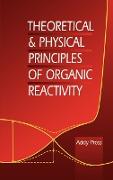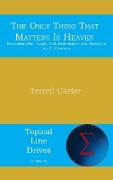Theoretical and Physical Principles of Organic Reactivity
BücherAngebote / Angebote:
Traditionally, physical organic chemistry and theoretical organic chemistry have been treated as separate disciplines. This new book bridges these two areas in order to give the reader a new perspective on the nature of organic reactivity. A key element of this new approach is the author's extensive nonmathematical description of the recently developed curve-crossing model that describes why chemical reactions have an activation barrier, and specifies the factors that govern the barrier heights. In addition, the author draws from physical chemistry and transition-metal chemistry to present an original and detailed description of electron transfer theory, and covers the recent discovery that the electron transfer process is intimately related to many basic organic processes. This book has been divided into three parts to facilitate its mixture of classical organic chemistry with new and established theoretical ideas. Part A presents an introductory description of molecular orbital and valence bond theories with emphasis on the qualitative aspects that can be applied to practical problems in organic structure and reactivity. Part B describes the key principles of physical organic chemistry and incorporates a mainly qualitative description of the Marcus theory of electron transfer. Building on the theoretical framework developed in parts A and B, part C offers an overview of the basic reactions of organic chemistry: nucleophilic and electrophilic substitution, and radical and pericyclic reactivity. In addition, part C clearly explains the most recent unifying description of organic reactivity for organic chemists and for graduate and advanced undergraduate students.
Folgt in ca. 15 Arbeitstagen




